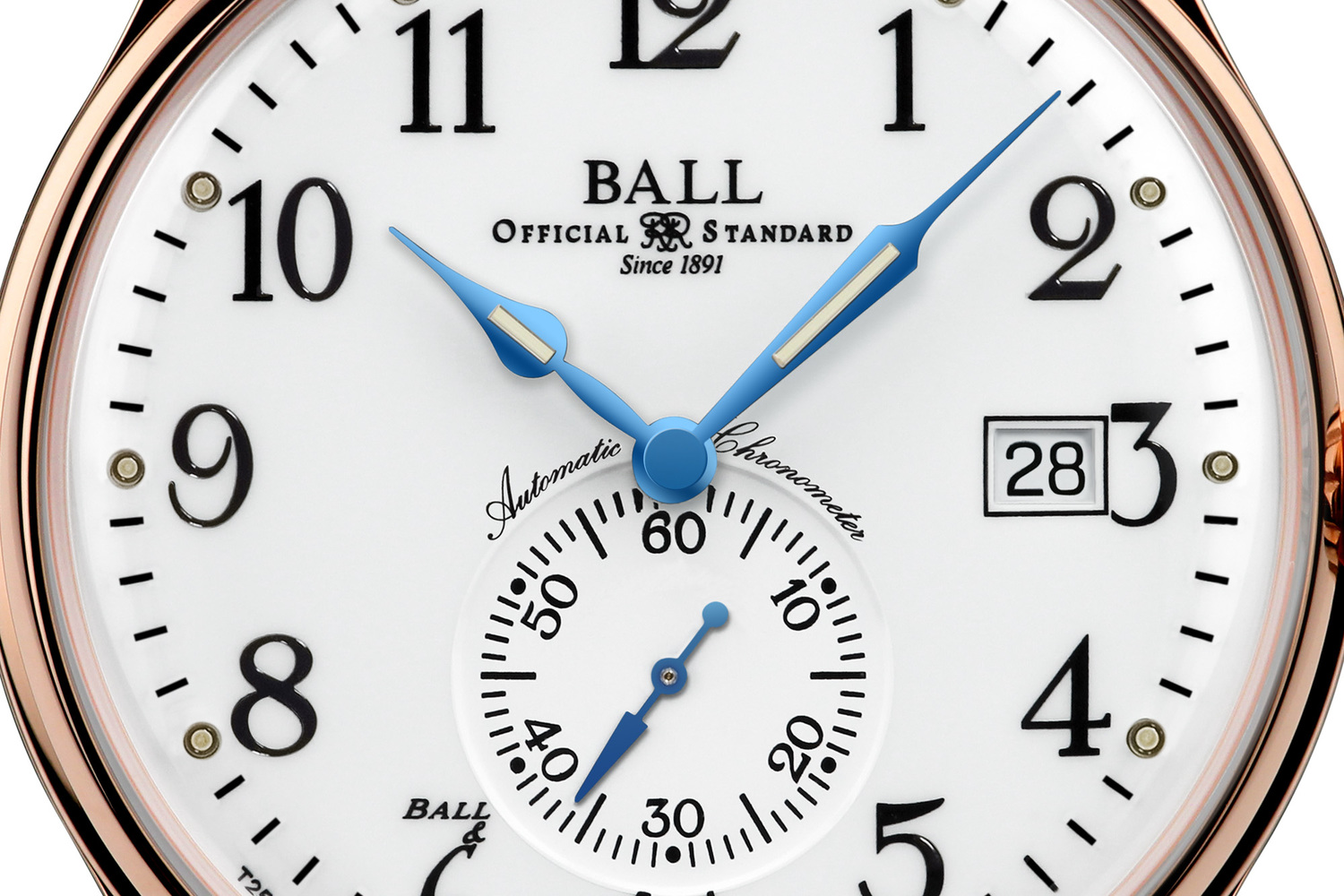
- #Itimer ball how to
- #Itimer ball install
- #Itimer ball update
- #Itimer ball full
- #Itimer ball software
So the ball can easily be opened to change the batteries or to fix other problems. you should have a sewing machine for this. The very first thing to do was to attach a zip to the opened ball.

I searched the internet for such a ball, but I didn't find it. So I was able to open it, put out the wool and prepare it as the timer. It is not filled with some foam but with synthetic wool. This could also be made nicer.Īt last the func "showPause" is the function for the pause animation.Ī few years ago my team manager gave us a nice soft ball to "sqeeze out" our frustration :-). The func "showEnd" flashes all LEDs to white and holds this for half a second.

Of course there could be much nicer shows as the one I did :-) The func "showTimerRun" is the main point for the light show, when the timer is running. This makes light show programming a little bit difficult
#Itimer ball update
Instead we check the state and update the lights as we need it, and then loop again. The other defines are to distinguish the different states of the timer.Īs we want to directly react on the switch, we are not able to programm long light show sequences
#Itimer ball software
The next four defines set the software defaults. (while there is a limit by the LEDs themselve) Note that the code respects any number of LEDs. On what pins are the switch and the LEDs attached. The first three defines set the hardware configuration.
#Itimer ball install
You also need to install the library for the NeoPixels from Adafruit.You need to install the Watterott Board Extension to the Arduino IDE.You can find my code in the file TimerBall.ino. For the concrete assembly I recommend using shrinking tubes, especially for the LEDs as the pins are very close to each other.The bush button connects GND to PB0 from the nanite. The on/off switch connects the +5 from the batterie and the Vcc from the nanite.The other LEDs are connected in a row (+5 to +5, GND to GND, Data out to Data in). Note that only the first LED needs three cables from the nanite (GND, +5 and PB1).All LEDs shortly light up green and the timer goes into PAUSE mode.To end the config, do not push the button for 10 seconds.Sequentially press the button to configure the timer (first LED green = 1 Minute, 2nd = 2 Minutes.).The timer must be switched on of course.There is the possibility to configure the timer from 1 minute up to the 10 minutes (according to the fact, that you attached 10 LEDs to the timer): If the timer elapses, all LEDs flash white for half a second and then the timer goes into PAUSE mode (see 2.).If you again push the button, the timer simply restarts.The timer starts and counts two minutes (showing the elapsed time with a blue LED).The timer directly goes into the PAUSE mode where the LEDs sequentially turn red.The timer starts and the LEDs get configured by the library while they light in blue.And depending on the ball or other item you put all these in you need some more material. Additionaly you might need holders for the LEDs and shrinking tubes.The other things needed is a battery holder, an on/off switch, a push button and cables. So, the Nanite can be programmed, the LEDs can display different colors.Multiple LEDs only need one output pin from the Nanite and every single LED can have another color. This chip enables them to be controlled using a bus. They are able to display RGB colors and have a little logic chip inside. He only has six pins, but that is far enough as you will see. He needs 3 AA Akkus (I didn't check with alkaline batteries due to environmental reasons). The Nanite is small enough to find place in a soft ball (along with the batteries).

#Itimer ball full
But by now the magazines are full with useless bullshit like an extremely ugly compass. There are a lot of cool tiny computers in the world which deserve that we create something really usefull out of them. The other thing is, that I continously watched the market of DIY wearables. But it seemed that by now nobody got an easy to use scrum timer for sale. I searched the web and asked the All-Knowing Trash Heap for help. They regularly needed more than 15 minutes for the meeting. In winter 2015 during a retrospective my team had the big wish to have a timer for the daily scrum meetings.
#Itimer ball how to
How to build am easy to use timer ball for time boxed daily scrum meetings.


 0 kommentar(er)
0 kommentar(er)
